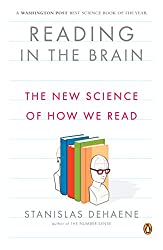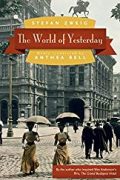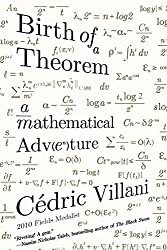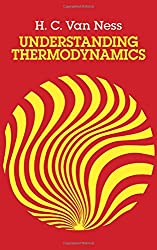
Rating: 7.8/10.
Reading in the Brain: The New Science of How We Read by Stanislas Dehaene
Book survey of the neuroscience of reading, written by a prominent researcher. Our brains did not evolve to read, yet we can learn to read by “recycling” parts of our visual system to recognize letters and words instead of objects. We read words through a hierarchical process: the lowest level neurons recognize lines and simple patterns, which feeds into neurons that recognize letters and combinations of letters, until the highest neurons recognize whole words. Semantic and phonetic pathways are activated in parallel to retrieve a word.
Studies of reading neural processes first came from autopsies of patients with brain damage, then later with neuroimaging techniques like EEG and fMRI. The “letterbox” area is activated during reading and is roughly in the same place for readers of all languages, and some differences are observable depending on whether the task requires phonetic or semantic processing. Writing systems likely evolved to be the most efficient for our biological apparatus: symbols resemble common patterns used for low-level object recognition rather than symbols resembling faces (which use a different part of the brain).
Children learn to read by becoming aware of the phonemes of their language and associating them with letters until the process becomes automatic through practice. An alternative “whole word” approach to reading was proposed, where children are taught to recognize whole words without decomposing into phonemes, but many studies found this ineffective and detrimental to learning.
The last two chapters are about dyslexia, which is not defined by any specific diagnosis, but mainly by poor reading skills compared to the population average. There are many factors for dyslexia, but it is not entirely visual: a large contributor is poor phonological processing. Normal children go through a stage where they treat mirror images like “b” and “d” as equivalent, this heuristic is useful for recognizing most real objects and must be unlearned when reading, and dyslexics confuse mirror letters for much longer.
Humans uniquely have the capability to read, mostly because our brains are a lot more plastic compared to other mammals. Reading arose independently in several cultures, and like other cultural universals, it was able to spread because it is compatible with our neurobiology. Overall this book is quite challenging to read because of its dense neuroscience terminology but provides insight about all aspects of reading using evidence from scientific studies.



